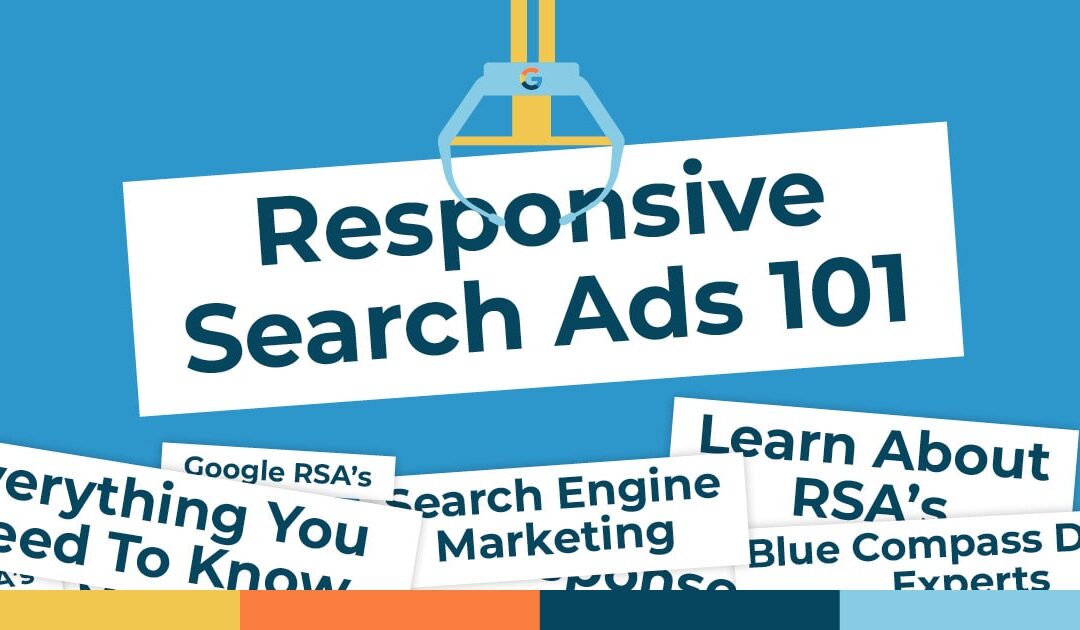
Unlock Google Ads’ Potential: The Power of Responsive Search Ads
Reading Time: 2 minutesIn today’s competitive digital space, delivering relevant experiences is more important than ever. Google Ads’ Responsive Search Ads (RSAs) offer a dynamic approach to reaching your target audience. Instead of creating static ad variations, RSAs allow us to provide a range of assets, which Google’s AI then mixes and matches to find the most effective combinations.
Let’s dive into how these ads work and why they’re a powerful tool for your paid search campaign on Google.
How responsive search ads work:
The core concept of RSAs is flexibility. We provide Google Ads with
- Headlines: Up to 15 different headlines can be submitted, each with a maximum of 30 characters.
- Descriptions: Up to 4 different descriptions can be submitted, each with a maximum of 90 characters.
Google’s algorithm then takes these assets and builds the ad in the moment a search is performed, generating ad combinations based on the user’s search query, device, and other contextual signals. In theory, this can produce up to 60 unique combinations of ad variations for Google to test. As the system learns which ad combinations produce greater results, it will serve those assets more!
One final note
Responsive Search Ads are ads primarily designed to bring you traffic to your website. They are not the same as Call Ads. Call Ads can be setup to bring you inbound phone leads directly to your business when the person clicks on your ad. However, Google is working right now to bring the functionality and benefits of RSAs to Call Ads… something we’re staying on top of here at YPC Media. Stay tuned!
Not yet a customer of ours but running Google Ads already? Schedule an audit with one of our Google Ad experts and we’ll help you pinpoint specific areas of focus within your campaign in order to find greater ROI today!



Recent Comments